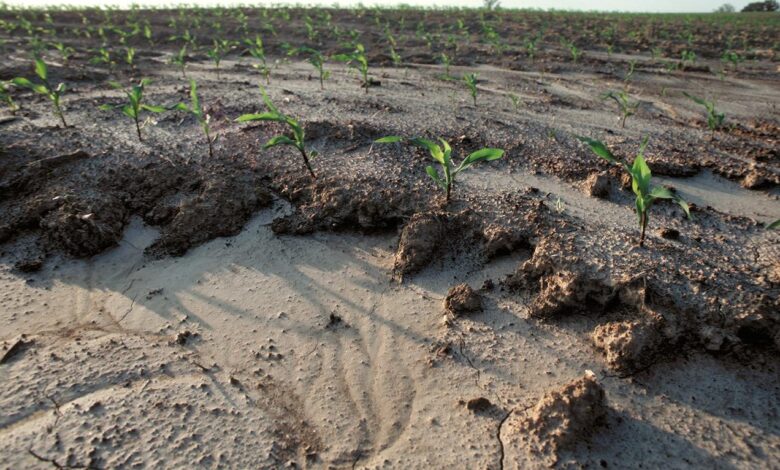Soil erosion key driver of wetland degradation in Lesotho

Soil erosion key driver of wetland degradation in Lesotho
Survey presents the degradation status in priority sub-catchments across the country
MASERU, Lesotho, May 31, 2022/APO Group/ —
Soil erosion is the direct driver of Lesotho’s wetland degradation, according to latest results from the Earth Observation data field survey conducted by the Food and Agriculture Organization of the United Nations (FAO) in collaboration with the government of Lesotho.
The storymap presenting the results of data gathered in October-November 2021, shows that eroded soils were detected across more than 30 percent of the surveyed wetlands. Overgrazing of the rangelands as well as climate change have increased erosion of soil in the Mountain Kingdom country.
The survey aimed to collect in-situ data on land cover and with special focus on wetland vegetation type and degradation status in priority sub-catchments crossing the four agro-ecological zones. The results will inform the process to develop the new Lesotho Land Cover Database and Atlas. Soil erosion can potentially damage and destroyed wetland habitat, reduce wetland productivity, and can eventually result in the loss of the wetland itself.
Detect and control
The data also revealed invasive species as posing a serious threat to loss of the country’s healthy native wetland vegetation. The encroachment by invasive species was recorded in more than 30 percent of surveyed wetlands.
“The early detection of the invasive populations is crucial for better management, control, and eradication efforts. Information about the distribution and abundance of the invasive populations is thus very important in assessing the impact of the spread in wetlands,” said David Mwesigwa, Project Coordinator.
Other factors affecting Lesotho’s wetland degradation include; overgrazing and tramping by animals detected across 7 percent, and encroachment by other land uses was detected at 5 percent. The data also indicated that 13 percent of surveyed wetlands were affected by encroachment of bushes.
“Mapping of vegetation using Earth Observations allows for the measuring and monitoring of the spatial distribution of healthy vegetation and of invasive species which are key information for restoration and protection activities,” said Lorenzo De Simone, FAO Geospatial Officer.
FAO, within Lesotho’s larger Integrated Catchment Management Programme umbrella, working jointly with the Ministries of Forestry Range and Soil Conservation, and Ministry of Water, is implementing a project “Land Cover Data for Integrated Catchment Management (ICM) in Lesotho”. The project is financially supported by the European Union through GIZ.
Under the project FAO will develop the new Lesotho Land Cover Database and Atlas, and monitor the status of Wetlands, Rangelands, Dongas (gullies) and Irrigated Crops in priority sub-catchments areas.
Distributed by APO Group on behalf of FAO Regional Office for Africa.




